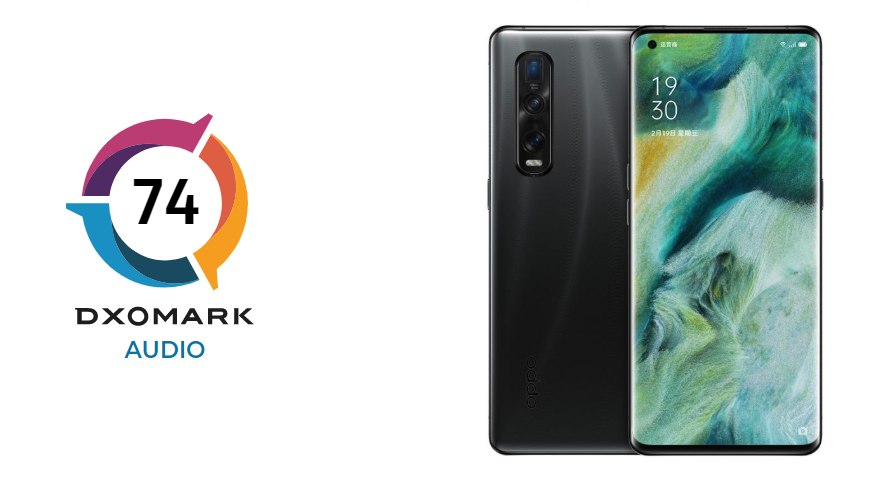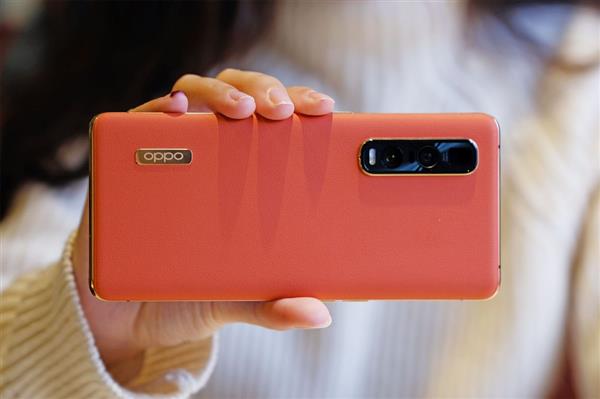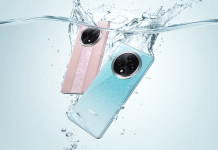Oppo Find X2 Pro launched last month is finally put through DxOMark Audio tests and the phone scores an impressive 74 points similar to Apple iPhone XS Max from 2018. The device only falls behind Huawei Mate 20X and Xiaomi Mi 10 Pro in the leaderboard.
For the unaware, DxOMark, known for camera reviews started testing smartphone audio performance since late last year. Ther tests include both the playback and recording capabilities of the phones using the default app. As of now, the company hast tested 22 devices so far and the Oppo Find X2 Pro is the latest to join the squad.

As mentioned earlier, Oppo’s latest premium flagship smartphone bags an overall score of 74 points with sub-sores of 75 and 69 points for playback and recording respectively.
While testing playback on the Find X2 Pro, the DxOMark Audio team found it to be an ideal phone for watching movies and playing games with strong bass. That said, the mid-range frequencies do lack clarity, which results in producing muffled boomy sound.
As for dynamics, at a soft volume, the phone outperforms every other phone tested by the company so far. Though it maintains its excellence at nominal volume, the same cannot be said at higher volume as the device tends to lose precision with muffled attacks. The top and bottom dual stereo speakers of the handset offer a good balance but wideness isn’t that good, however, distance perception is stellar in movies and is also consistent globally.

The volume levels on the phone feel natural and good at maximum level but the initial volume levels are too loud for high loudness content. Lastly, the playback on the device has lower artifacts as it does a good job controlling undesirable sounds.
Talking about recording, the Find X2 Pro beats the DxOMark Audio leader Mi 10 Pro and iPhone XS Max throughout the entire bass frequency range maintaining its response around 0dB. The voices in recording are preserved clearly but the device performs average in loud environments.
The handset sets a new record in wideness, especially in life video use cases. However, the localizability is poor using the selfie camera due to muffled sound. Whereas it performs fairly well in volume, and recordings have fewer artifacts with accurate and balanced background rendition.
UP NEXT: Samsung Galaxy S20 Ultra comes in at a distant sixth on DXOMark ranking
(Source)






